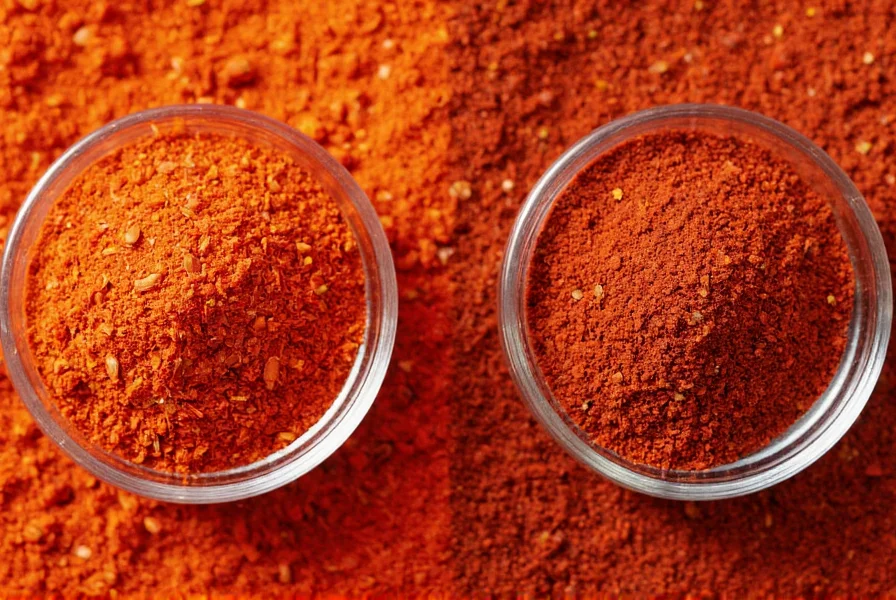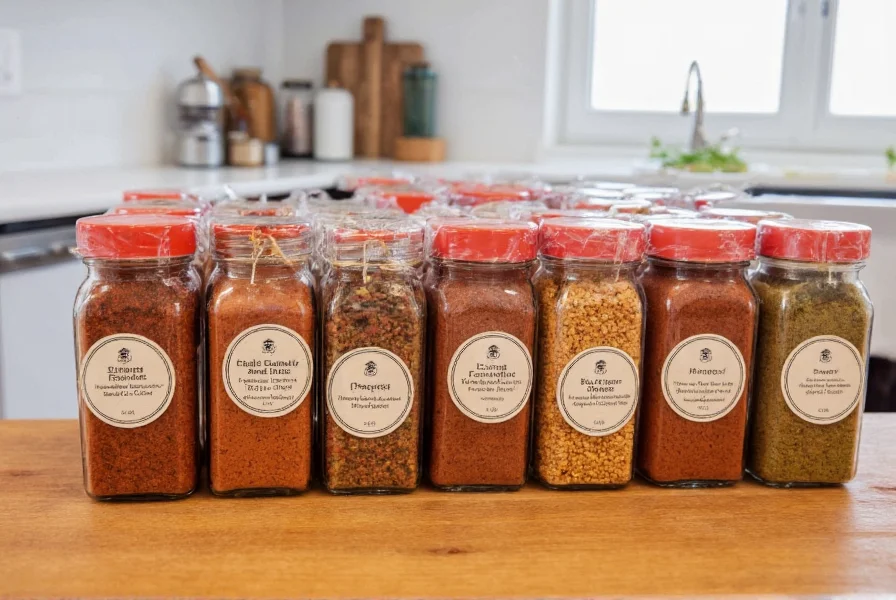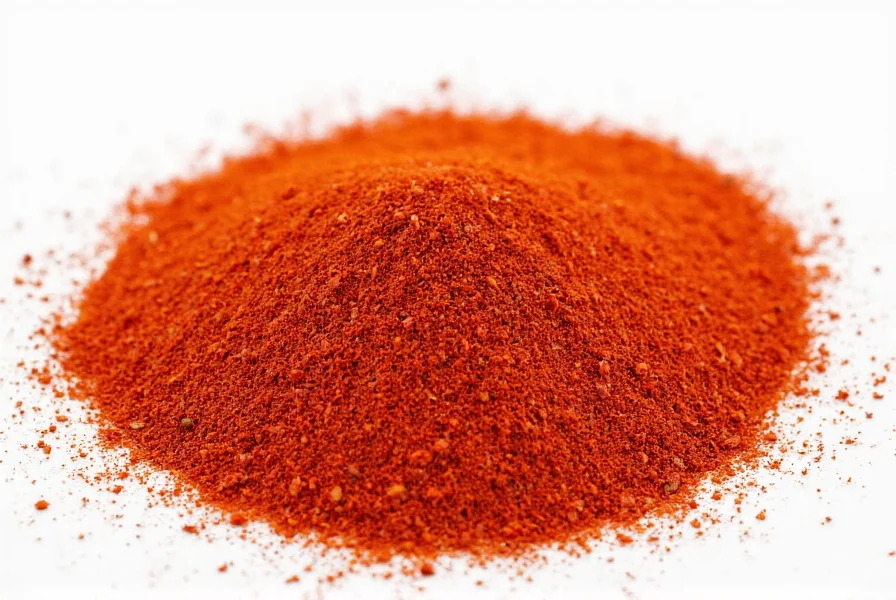When you're in the middle of cooking and realize you've run out of crushed red pepper, knowing reliable alternatives can save your dish. This comprehensive guide provides practical solutions backed by culinary expertise, helping you maintain the perfect balance of heat and flavor in your recipes.
Understanding Crushed Red Pepper
Crushed red pepper consists of dried, crushed chili peppers—typically cayenne varieties—that deliver moderate heat (30,000-50,000 Scoville units) with subtle fruitiness. Chefs and home cooks use it to add controlled heat to pizzas, pastas, sauces, and roasted vegetables. Unlike pure cayenne powder, crushed red pepper contains seeds and flakes that provide texture along with heat.
Top 5 Crushed Red Pepper Substitutes
1. Red Pepper Flakes (Best Direct Replacement)
Red pepper flakes serve as the closest substitute since they're essentially the same product with slightly different processing. Use them in a 1:1 ratio for identical heat levels and texture. This works perfectly for crushed red pepper substitute in pizza applications where visible flakes enhance appearance.

2. Cayenne Pepper (For Pure Heat)
Cayenne powder delivers more intense heat without the texture of flakes. When substituting cayenne for crushed red pepper, use half the amount called for in your recipe. This crushed red pepper flakes alternative works well in sauces and soups where texture matters less than heat level.
3. Paprika Varieties (Milder Options)
Choose based on desired heat level:
- Hot paprika: Use 1:1 ratio for similar heat with sweeter notes
- Smoked paprika: Provides depth for barbecue dishes (use 1:1)
- Sweet paprika: For mild crushed red pepper substitute needs (use double the amount)
4. Fresh Chili Peppers
Finely chop serrano, jalapeño, or fresno peppers for fresh heat. Use 1 tablespoon chopped peppers per 1/2 teaspoon crushed red pepper. This homemade crushed red pepper substitute adds moisture, so reduce other liquids slightly in your recipe.
5. Pre-Mixed Spice Blends
Italian seasoning or chili powder blends can work in a pinch. Use 1.5 times the crushed red pepper amount since these contain other spices. This approach works best for crushed red pepper replacement measurements in complex dishes like stews.
| Substitute | Ratio | Best For | Flavor Notes |
|---|---|---|---|
| Red Pepper Flakes | 1:1 | Pizza, pasta, garnishes | Identical heat with visible flakes |
| Cayenne Pepper | 1:2 (half amount) | Sauces, soups, marinades | Sharper, more intense heat |
| Hot Paprika | 1:1 | Roasted vegetables, meats | Sweeter, less complex heat |
| Fresh Serrano | 1 tbsp : 1/2 tsp | Salsas, fresh dishes | Grassy, bright heat with moisture |
When to Use Which Substitute
Select your substitute based on both the dish and desired outcome:
- Pizza and pasta dishes: Stick with red pepper flakes for visual appeal and traditional flavor. This is the ideal best substitute for crushed red pepper in pizza.
- Creamy sauces: Use cayenne pepper sparingly to avoid texture issues while maintaining heat.
- Barbecue and grilled foods: Smoked paprika adds complementary depth without overwhelming heat.
- Quick weeknight meals: Keep a small container of pre-mixed chili powder as your go-to crushed red pepper replacement.
Avoid These Common Substitution Mistakes
Even experienced cooks make these errors when substituting crushed red pepper:
- Not adjusting for heat differences: Cayenne is significantly hotter—always start with less and taste as you go
- Adding substitutes too early: Heat-sensitive substitutes like fresh chilies lose potency when cooked too long
- Ignoring recipe context: A substitute perfect for tomato sauce might overwhelm delicate seafood dishes
- Overcompensating: When in doubt, use less heat—you can always add more but can't remove it
Storage Tips for Substitutes
Maximize shelf life and potency of your substitutes:
- Store red pepper flakes and cayenne in airtight containers away from light and heat
- Refrigerate fresh chili substitutes for up to two weeks
- Label homemade spice blends with dates—most lose potency after 6 months
- Freeze excess fresh chilies for future crushed red pepper substitute needs

Final Recommendations
For most home cooking applications, keeping red pepper flakes on hand provides the most versatile crushed red pepper substitute. When you need precise heat control, combine milder paprika with a pinch of cayenne to customize your spice level. Always remember that substitution ratios serve as starting points—taste as you cook and adjust to your personal preference and the specific dish requirements.











 浙公网安备
33010002000092号
浙公网安备
33010002000092号 浙B2-20120091-4
浙B2-20120091-4